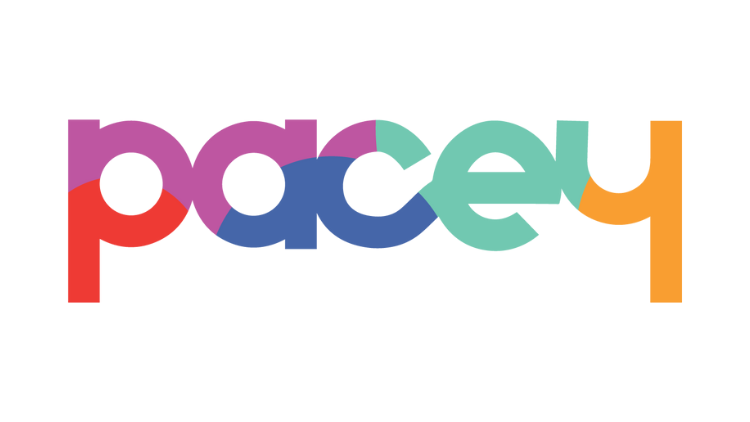| Sole trader | simplest structure – considered ‘self-employed. | Register with HMRC for self-assessment | Low cost, easy to set up, full control retained | Full liability for debt |
| Partnership | 2 or more individuals involved (does not need to be a person – a limited company counts as a ‘legal person’ and can be a partner. Partnership document defines liabilities, ownership and profit splits | Partnership name is registered with HMRC and nominated partner manages the partnerships tax returns and record keeping | Shared control and distribution of incomes/losses, generally easier to form, manage and run, more potential to raise finance | Full liability affecting all partners
Partnership disagreements |
| Limited Liability Partnership (LLP) | Legal structure where a number of partners not limited | Must have 2 designated members when registering with HMRC who are responsible for managing the tax returns and record keeping | Flexibility – can be incorporated in members’ agreement.
Has advantages of limited company and partnership combines | Partners must disclose income
LLP must trade within one year of registration or be struck off |
| Limited company | A private company that is incorporated and limited by shares. personal assets are protected in the event of insolvency, although they may lose any money invested in the company
Set up a limited company: step by step - GOV.UK (www.gov.uk) | Must pay a registration fee and be incorporated with Companies House. Must have at least one director and one guarantor (although can be the same individual.
Must be registered with HMRC. | Less personal financial exposure
Limited liability protection | Involves more significant set-up costs
Annual accounts and financial reports must be placed in the public domain |
| Community Interest Company (CIC) | Special type of limited company which exists to benefit the community rather than share holders | Will need to register CIC with Companies House and follow the accounting requirements of a limited company | Similar to that of a limited company but with a clear social purpose
Greater flexibility than charities including borrowing and fund raising
Continues to exist when there is a change in ownership or management | Regulated by CIC regulator, so extra layer of compliance beyond standard companies
Profits must be used for the benefit of the community
Less recognition and trust than a charity
Liable for corporation Tax |
| Charitable Incorporated Organisation (CIO) - Charity | | Must register with Charity Commission if it is a charitable incorporated organisation or has an annual income of more that £5,000.
Must also register with HMRC for VAT is their VAT-able sales are over the VAT threshold | Has a legal personality (and can enter into contracts, sue and be sued, & hold property in its own name)
Members have limited liability
May be able eligible for VAT relief from suppliers
Charities may not have to pay income/corporation tax
May be eligible for reduced business rates
May be able to reclaim gift aid on donations from private individuals
Potential to attract grant funding | Must have solely charitable aims so may need to cease other activities that do not relate to this
There may be restrictions of certain types of charitable trading
May be registered with 2 regulators – Charity Commission and Companies House (so have two lots of reporting)
Loss of control and increased governance as governed by board of trustees |




